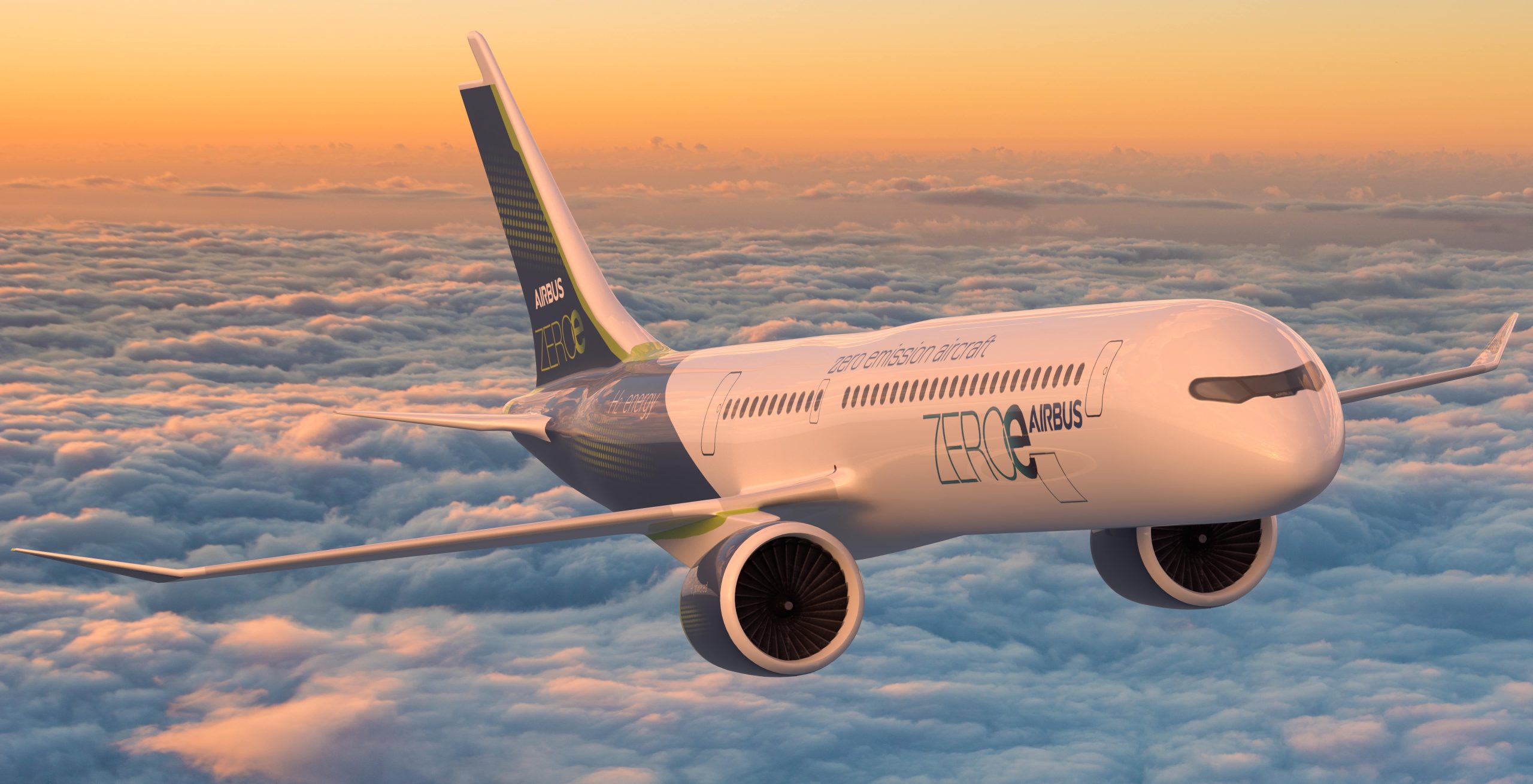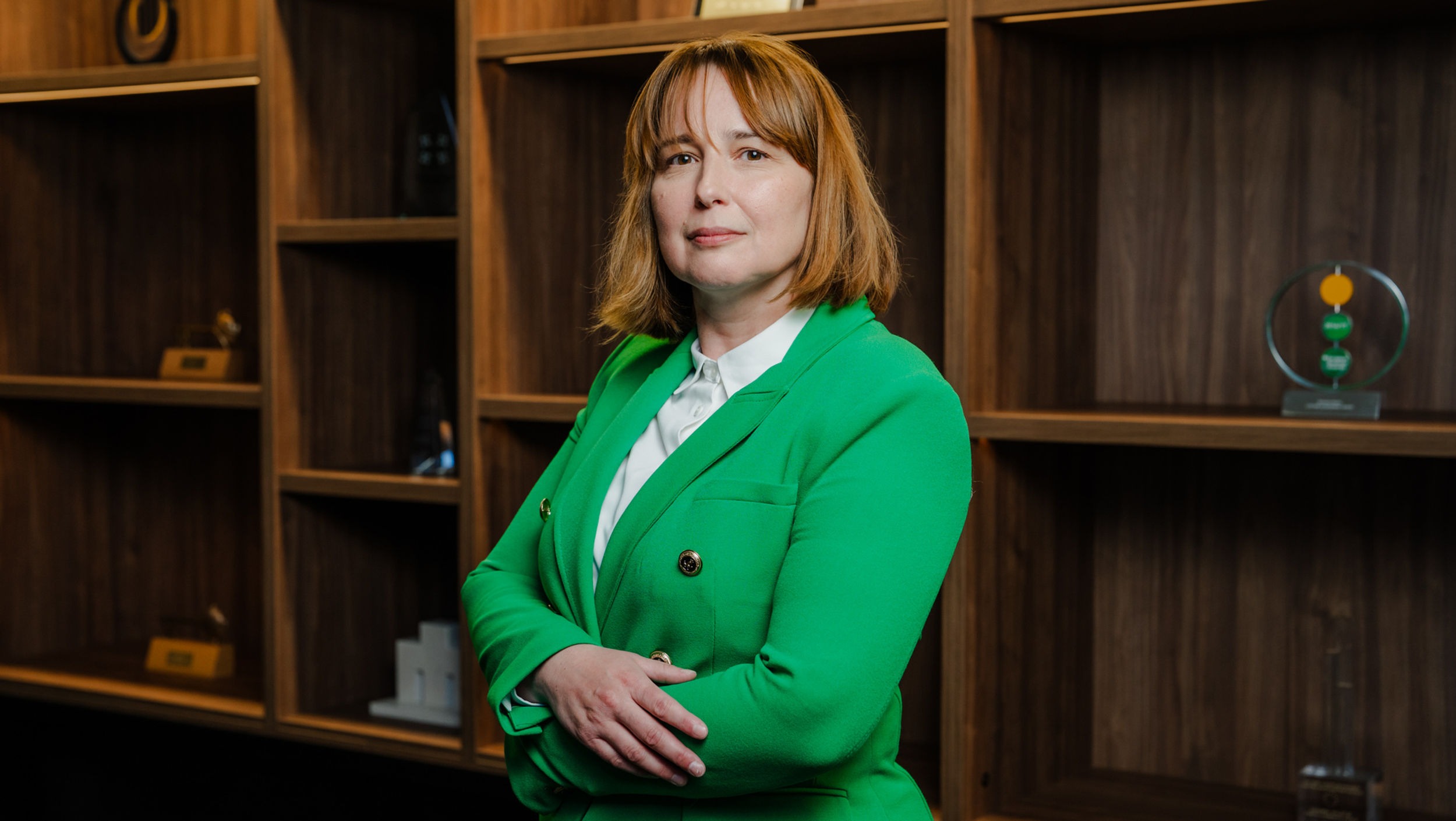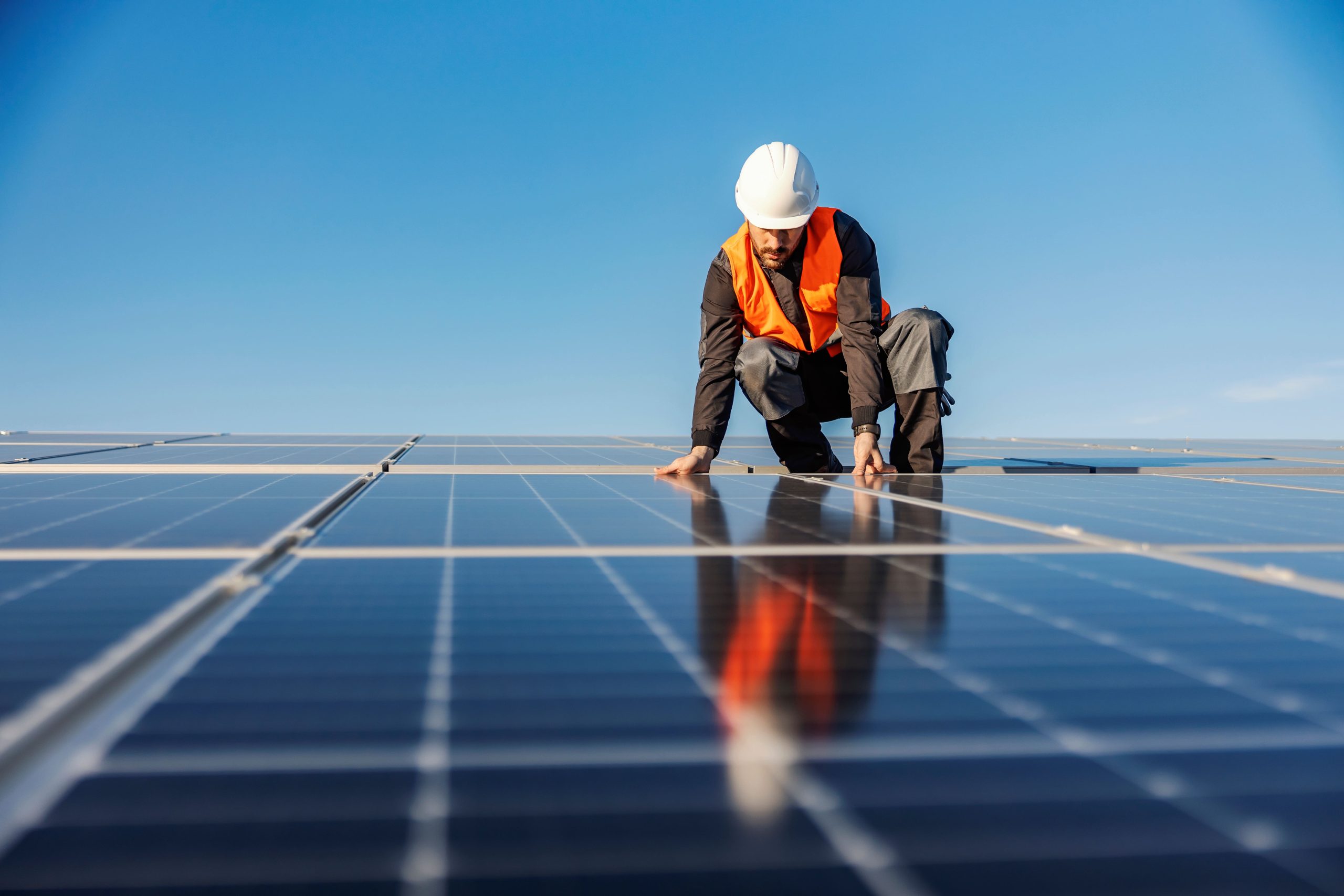Airbus UpNext and Toshiba Partner on Superconductivity for Hydrogen-Powered Aircraft

A subsidiary of Airbus has entered into a partnership with Toshiba Energy Systems & Solutions Corporation to advance superconducting technology for hydrogen-powered aircraft. The initiative marks a significant step forward in the quest for cleaner, more efficient aviation solutions.
The core objective of the partnership is to explore the potential of superconducting technologies in hydrogen-powered aircraft. By utilising liquid hydrogen, which operates at -253°C, as both a fuel source and cooling mechanism, the collaboration aims to achieve “nearly unimpaired power transmission” within the aircraft’s electric systems. This could significantly enhance energy efficiency and improve overall performance, making hydrogen aircraft a more viable option for the future.
The key goal is to develop a 2 MW superconducting motor, both Airbus and Toshiba will jointly conduct feasibility studies to determine how best to design and implement this technology. Cryogenic technology plays a central role in this endeavour, with the potential to allow for high-efficiency electric systems within aircraft. The anticipated benefits include reduced energy losses and improved power transmission, crucial for the performance of future hydrogen-powered aircraft.
As part of its ongoing efforts to explore cutting-edge aviation technologies, Airbus UpNext recently launched Cryoprop, a 2MW superconducting electric propulsion system demonstrator. The Cryoprop initiative seeks to showcase the feasibility of using superconducting technology in aviation, setting the stage for future innovations in hydrogen-powered aircraft. This development aligns seamlessly with the goals of the partnership with Toshiba, reinforcing the shared vision of a cleaner, more efficient aerospace sector.
Toshiba Energy Systems & Solutions Corporation brings to the collaboration its extensive expertise in superconducting technology. The company has been actively conducting research and development (R&D) in this field and has developed its own 2MW superconducting motor prototype for mobility applications. Toshiba’s proficiency in high current flow, precise current control, and advanced rotating machinery technology form the backbone of this partnership, positioning it as a leader in superconducting applications.
Grzegorz Ombach, Senior Vice-President and Head of Disruptive R&T at Airbus emphasised the significance of the partnership, stating, “Through this collaboration, we aim to deliver a breakthrough technology that could unlock new design possibilities, in particular for Airbus’ future hydrogen-powered aircraft. This partnership represents a natural and essential step in advancing superconducting motor technology to meet the needs of the aerospace industry.”
Tsutomu Takeuchi, Corporate Officer and Director of Toshiba Energy Systems & Solutions Corporation echoed this sentiment, highlighting the potential impact of superconducting technologies on the aviation industry. “Toshiba’s expertise in superconducting technology for high current flow, motor drive technology for precise current control, and advanced rotating machinery technology for stable, high-speed operation forms a strong foundation for this partnership. We both recognise the tremendous potential of superconducting technologies in shaping the future of aircraft and driving the decarbonisation of the aviation industry,” Takeuchi added.
This collaboration aims to address one of the biggest challenges in the aviation industry—reducing carbon emissions. Superconducting technology has the potential to revolutionise electric propulsion systems by offering lighter, more efficient, and more powerful alternatives to traditional motors. This breakthrough could play a crucial role in driving the decarbonisation of the aviation industry, aligning with global sustainability goals.
The partnership between Airbus UpNext and Toshiba Energy Systems & Solutions Corporation represents a promising step forward in the development of hydrogen-powered aircraft. By focusing on superconducting technology, the two companies are working towards creating a more efficient and sustainable future for aviation. With ongoing R&D and a clear vision for the future, this collaboration has the potential to bring about significant advancements in clean energy solutions, paving the way for the decarbonisation of the aerospace sector.

